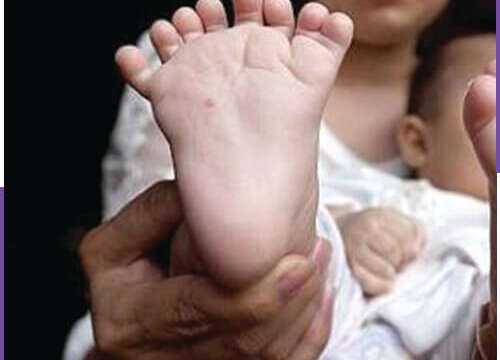WHAT IS SYNDACTYLY ?
Syndactyly is a congenital condition where the fingers or toes are adherent. It is the most common congenital abnormalities. Its incidence is one in 2,000 live births.
WHAT ARE THE STEPS FOR APPLICATION ?
The aim of syndactyly treatment is not just the opening of adhesion.
1- Repair of the two fingers not with the skin patch, but with the normal skin of that region,2- Preventing surgical scars that will occur by planning zig-zag shaped incisions, disfigurements and withdrawals (contracture) that may occur during the development of the fingers,
3- Covering the parts that cannot be covered with normal skin with a skin patch (graft),
4- Protection of nail structures,
5- Correction of bone disfigurements if present
It is preferable to bring the baby to check immediately after the birth of the baby for the planning of the operation of babies born with syndactyline and to perform the surgery up to 36 years (3 years). Surgery is not preferred due to the risk of anesthesia in newborns. Surgery can also be performed for older children. However, earlier treatment is recommended especially for complex syndactyly (a type of sindactyly with ossilic irregularity or adhesion). Considering that especially the fingers featuring height difference can distort the shape of each other during growth, the treatment is planned earlier.
WHAT ARE THE AREAS FOR APPLICATION ?
This is applied to the hand and foot area.



